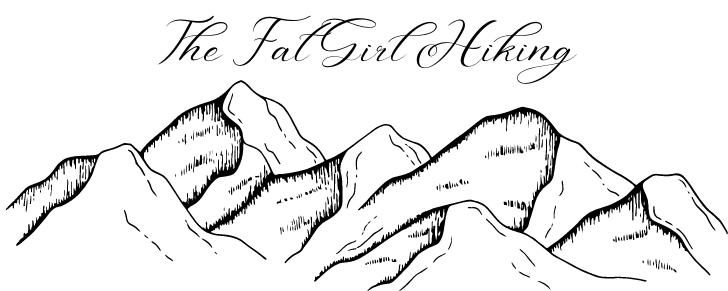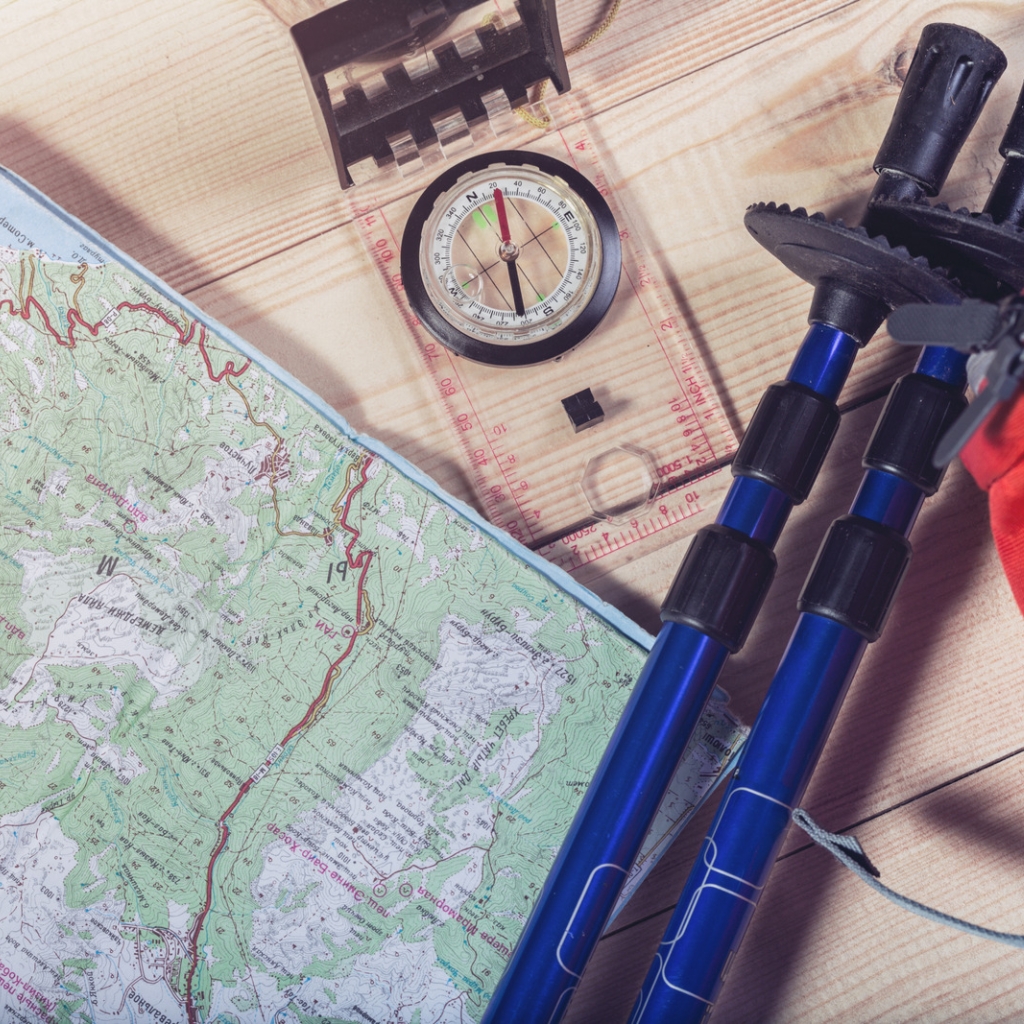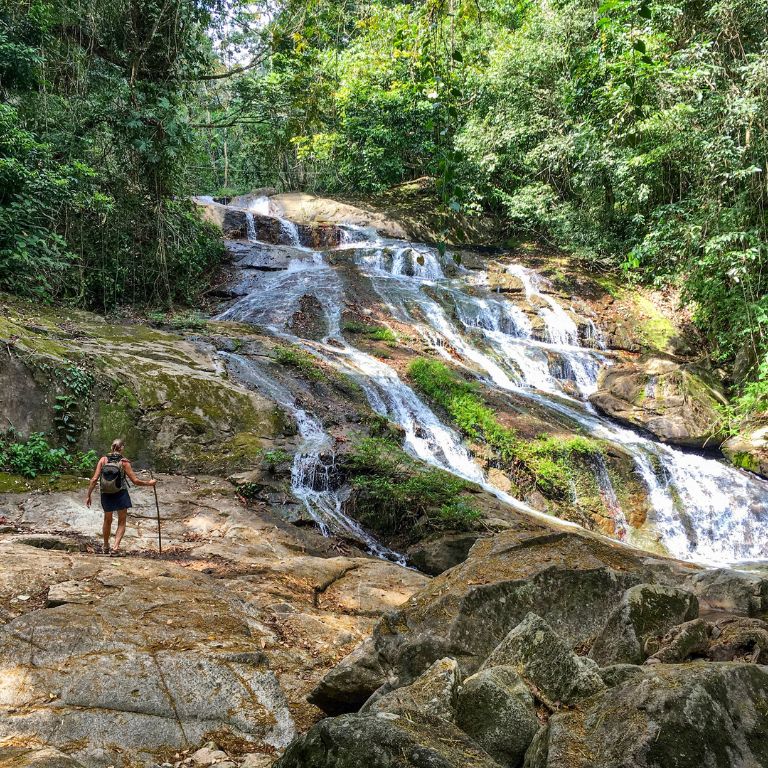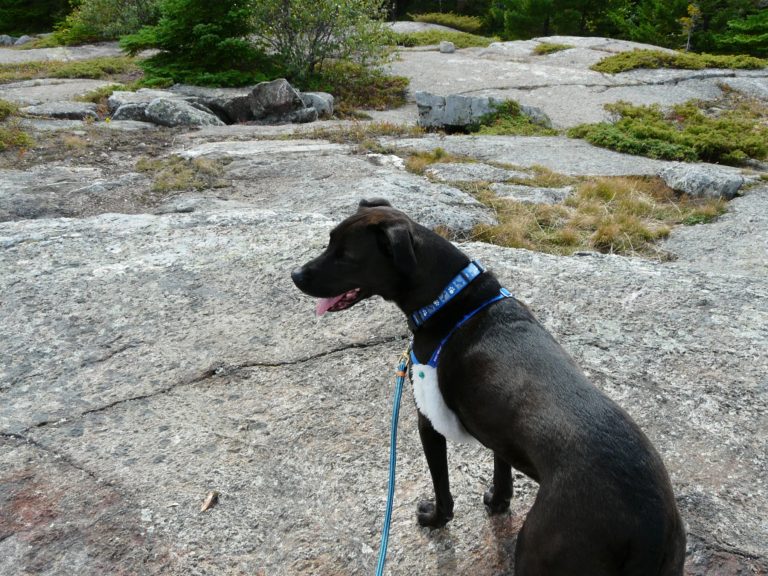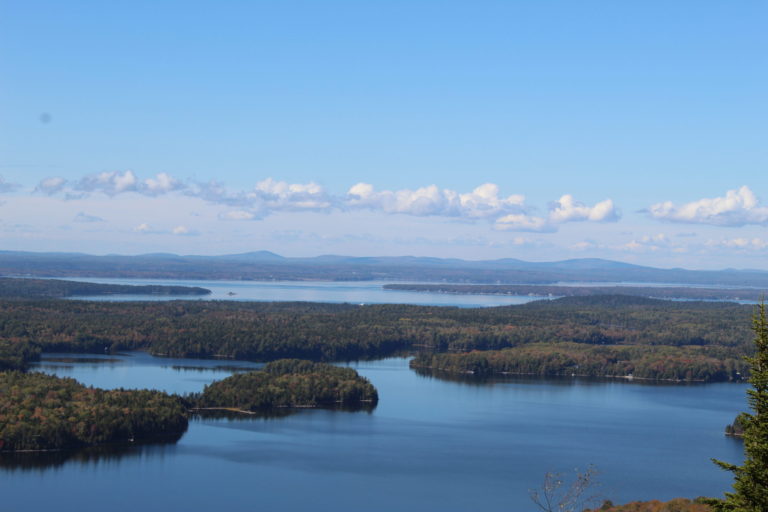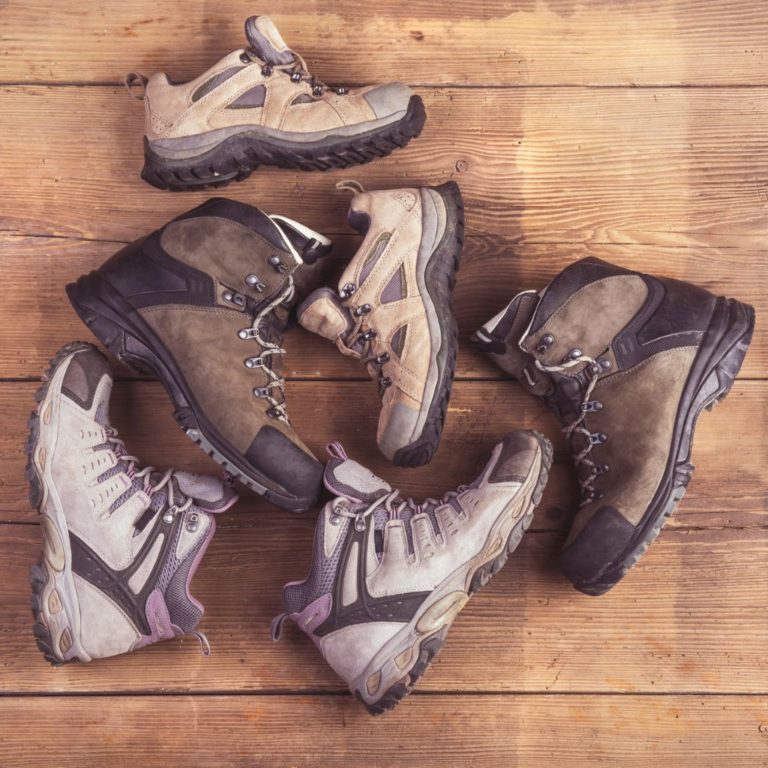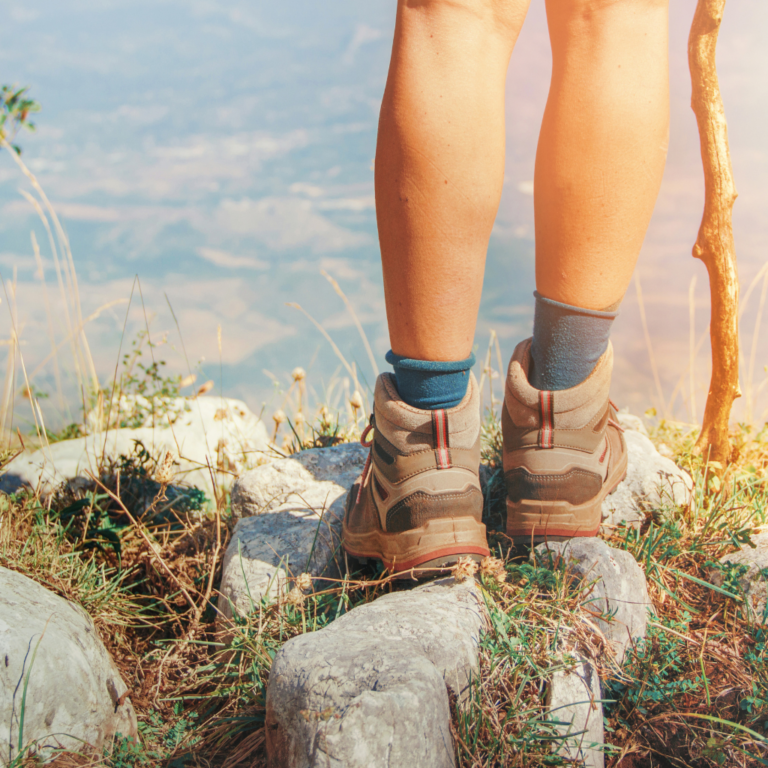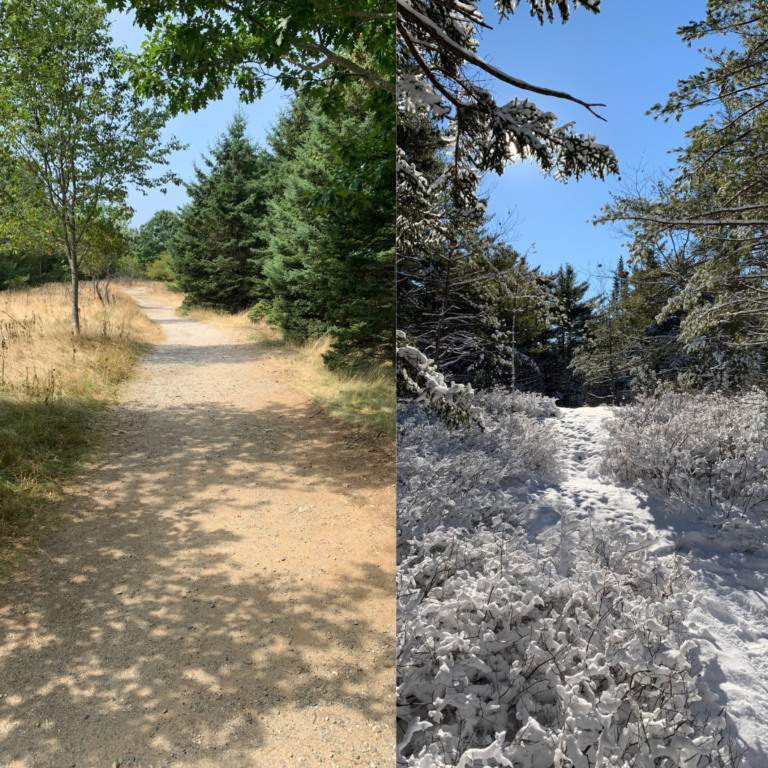Beginner Hiking: What to Bring on a Day Trip

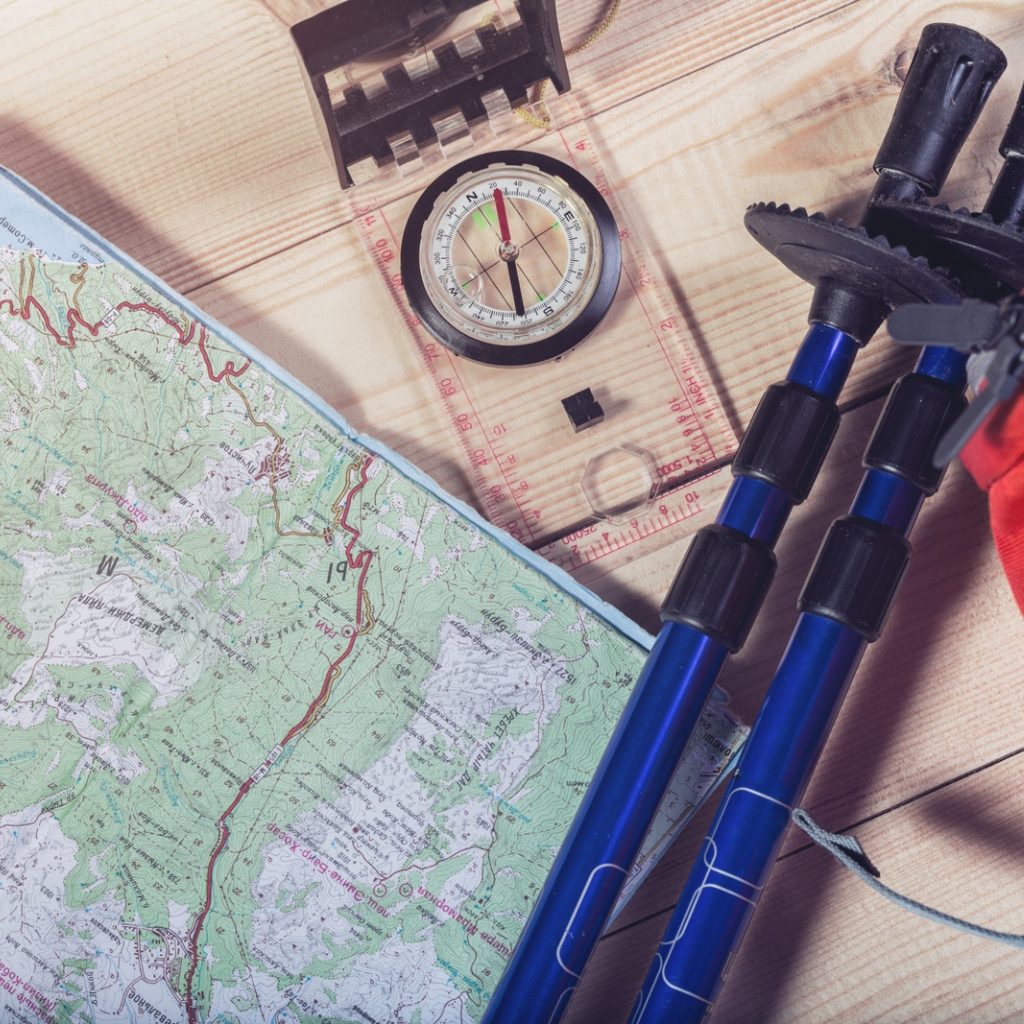
Where do you start?
As you start your beginner hiking journey, all the planning it requires can be quite daunting. However, not to worry. This guide is here to help! By the end of this article, you’ll know both how to plan a day trip, and exactly what to bring.
Bring A Buddy
While it’s always a good practice to be hiking with a buddy, as a beginner, this is even more crucial. Do your best to round up a friend or two (or three!) to hit the trails with. This will maximize your safety while hiking. If you can’t find someone to go with, bring a furry friend, such as your dog. Though, depending on the difficulty of the trail, keep your pet’s safety in mind too. Finally, if friends (human or furry) aren’t an option, ensure you inform someone you trust about exactly where you’re going, what time you’re leaving, and what time you estimate you’ll be back. Check in with them right as you start your hike, and once you’re back in your car! This way, in the case of an emergency, your whereabouts will be easy to track. However, don’t be too nervous! If you play your cards right and prepare accordingly, the chances of an emergency occurring on your day hike are slim.
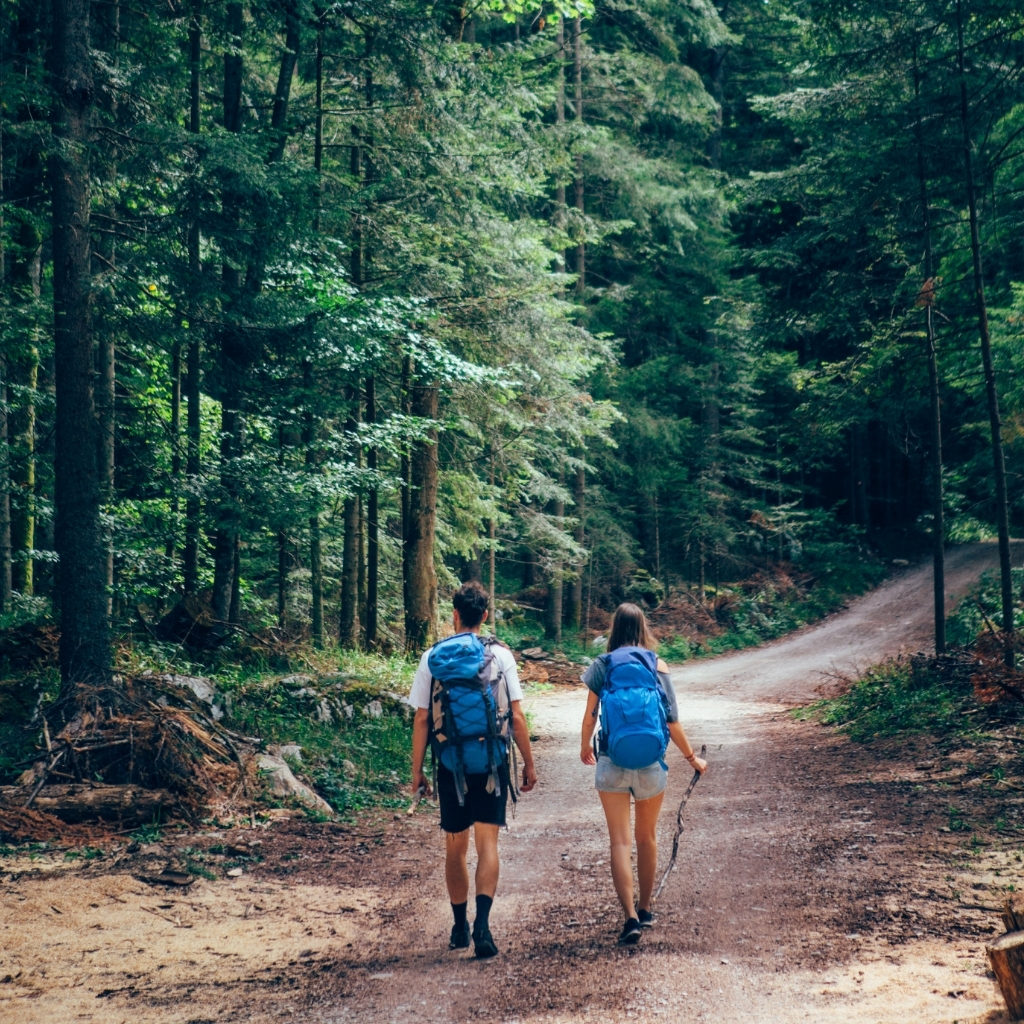
Once you’ve decided on the group you’ll be travelling with, it’s time to select which trail you’ll be doing. You can either use local maps and guides from your region or an app like AllTrails. Whichever guide you choose, ensure that you know exactly where you’re going, and which route you’ll be taking once you get there. Study the map- many trails branch off from one another, so make sure you don’t accidentally switch to a hike you aren’t prepared for! Additionally, double-check that everyone in your beginner hiking group is aware of the trail you’ve chosen and that they are comfortable with it.
When choosing a beginner hiking trail, consider the following factors:
Choose a hike that best combines these factors, to select a hike that is simultaneously challenging, doable, and rewarding.
Finally, once your planning is complete and you know exactly where, when and with whom you’re going, it’s time to start packing. Even though you won’t be camping overnight, you’ll still need to bring a variety of gear to ensure your safety and maximize your comfort throughout the hike. You want this to be an enjoyable experience, not a painful one!
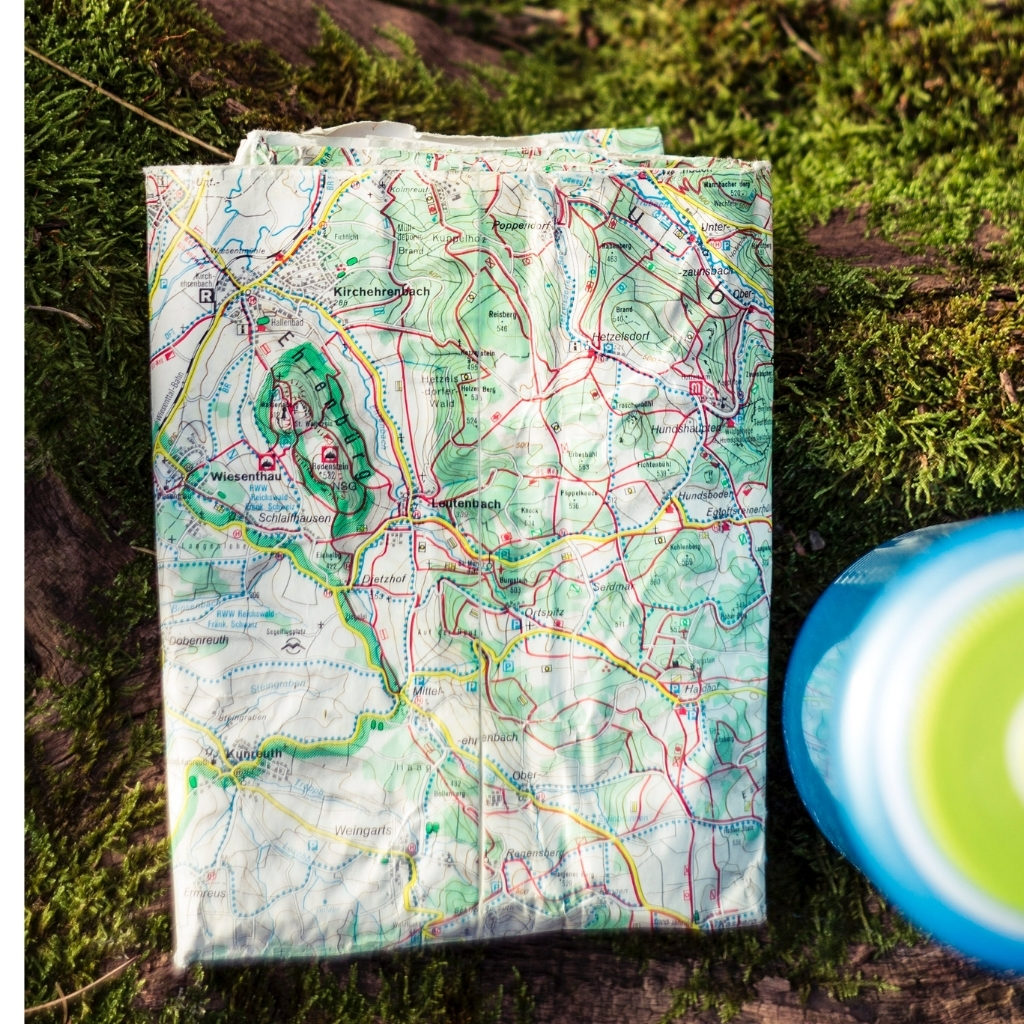
Here’s what you need to bring hiking as a beginner:
- A good quality backpack. This will carry all of your other equipment. It’s important to ensure that your day pack is both comfortable and capable of holding everything it needs to.
- Trekking poles. Walking poles can be extremely useful for your balance, and will also reduce the impact on your joints- especially on the killer downhill portion of the hike.
- Light clothing with lots of layers. Wearing breathable, sweat-wicking material that fits you well is crucial to your comfort. Light layers will help accommodate any changes in temperature throughout your hike.
- Appropriate footwear. Depending on the difficulty of your selected hike, you might be able to get away with running shoes. However, hiking boots will always be the safest option.
- An emergency kit. This should include everything you’d expect to need in a worst-case scenario on a day hike, so that no matter what happens, you’ll be prepared. An emergency kit should contain basic first aid, sun protection, a navigation system, and more.
- Food and water. Hiking is hard work and a great form of cardio. You need to fuel your body properly to be able to hike to your full potential! While food is a must, water is even more so. You’ll get dehydrated quite quickly while hiking, and you’ll need to have plenty of water handy to compensate.
- A navigation system. Even though you studied the map beforehand, it is always a good idea to bring a handheld navigation system. That you can double-check whether you’re on the right trail.
If you’re still feeling a little lost and confused, don’t fret! We are about to deep-dive into each and every one of these pieces of gear. This way you can fully understand why they matter, and where you can get them.
What gear do you need?
Day Pack
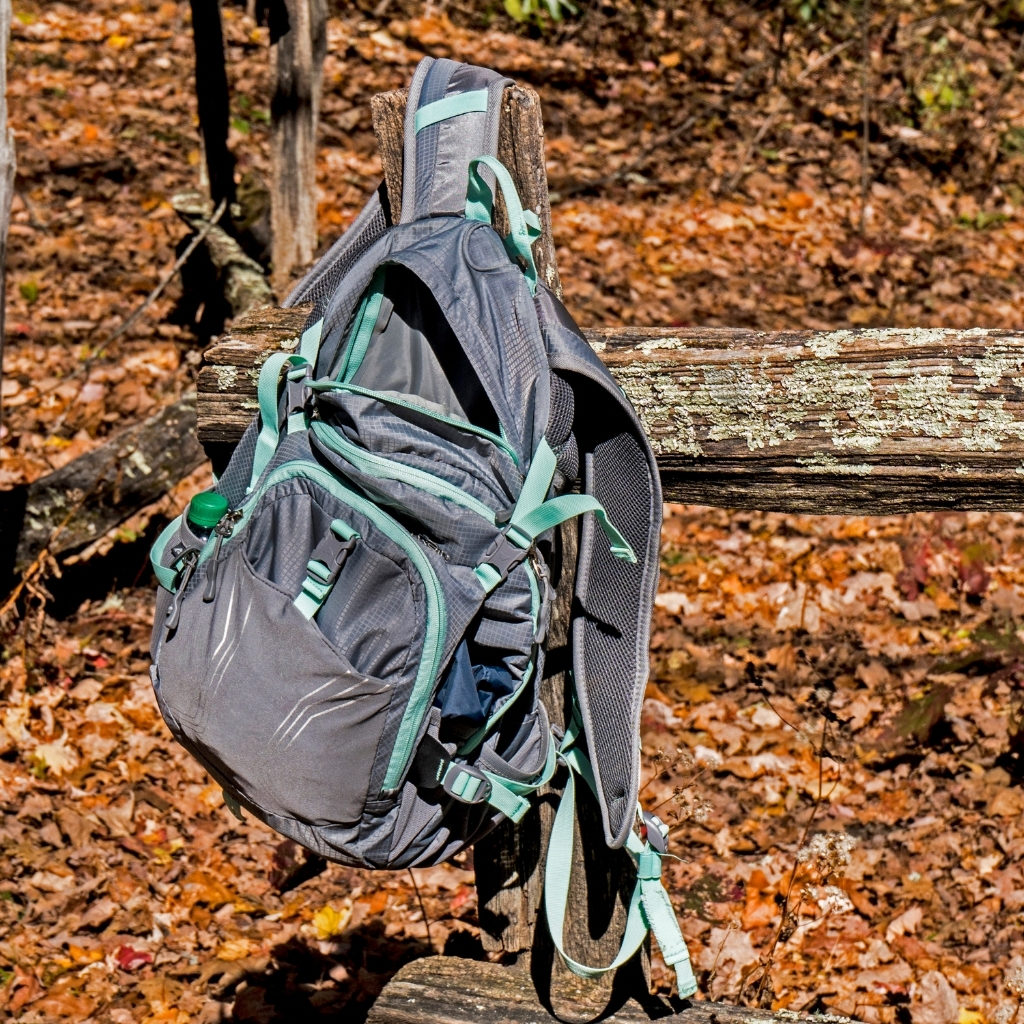
For a day hike, you won’t need to carry a bag that’s too big or bulky. Depending on the length of your hike and how much other gear you plan on brining, a day pack anywhere between 10 and 25 litres should be good.
The climate of your area, and the region of your hike also factor in to how big of a day pack you might need. For example, a hike up a mountain in Washington will require more layers (such as a waterproof jacket), than a hike in balmy southern California.
Make sure you look for a day pack that comes with all the compartments and features you need, too. For example, look for a bag with useful external attachments like a trekking pole loop, or a water bottle sleeve. Finding a pack with several well-laid-out internal compartments is a great idea, so that you can organize your gear easily. Finally, make sure your bag has breathable shoulder straps, a waist strap for stability, and an overall comfortable fit.
Trekking Poles
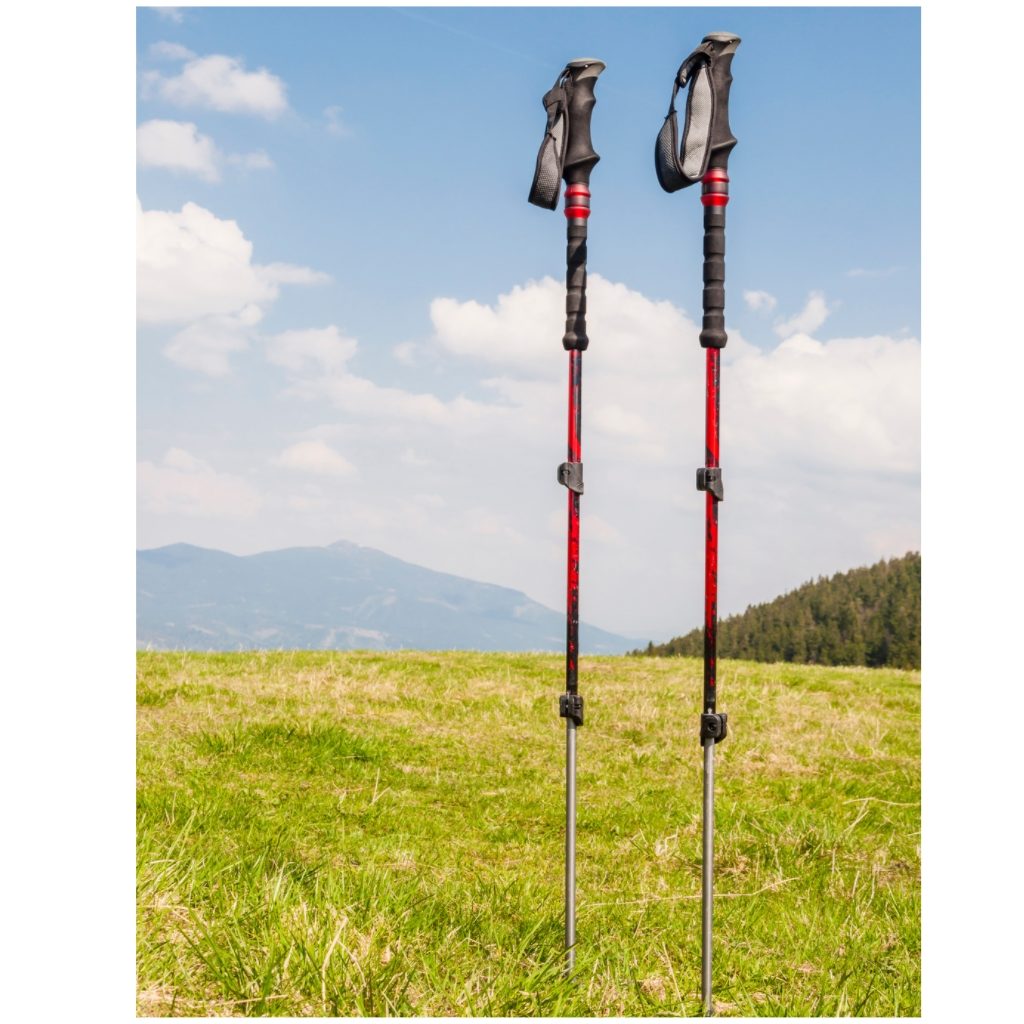
Trekking poles can be a controversial topic- some hikers hate them, while others won’t hike without them. However, walking poles do have several logical benefits that you’ll want to take advantage of. Overall, poles will help spread the weight you’re carrying on your back. Thereby making it easier on all your joints (and muscles) as you carry your bag. Even though your day pack will be lighter than it would be for an overnight trip, it can still be a burden.
Essentially, trekking poles will push you and give you with power and endurance as you go uphill, help you balance you on any uneven terrain, and reduce the stress on your lower body as you go downhill. To reap all the benefits, it’s important to make sure you get the right size pole for your body. Unless you already know exactly what you need, this is not an item to buy online. Head to your local outdoor store and get fitted!
Clothing
When hiking, it is vital that you wear stretchy, breathable, and comfortable clothing to minimize any pain. Hiking itself is already hard enough, you don’t need an uncomfortable pair of shorts digging into your hips making things even harder! You’ll also need a good amount of layers, so that you’re ready to take on anything the weather might throw at you. When hiking as a beginner, finding the right clothing for you will be a lot of trial and error.
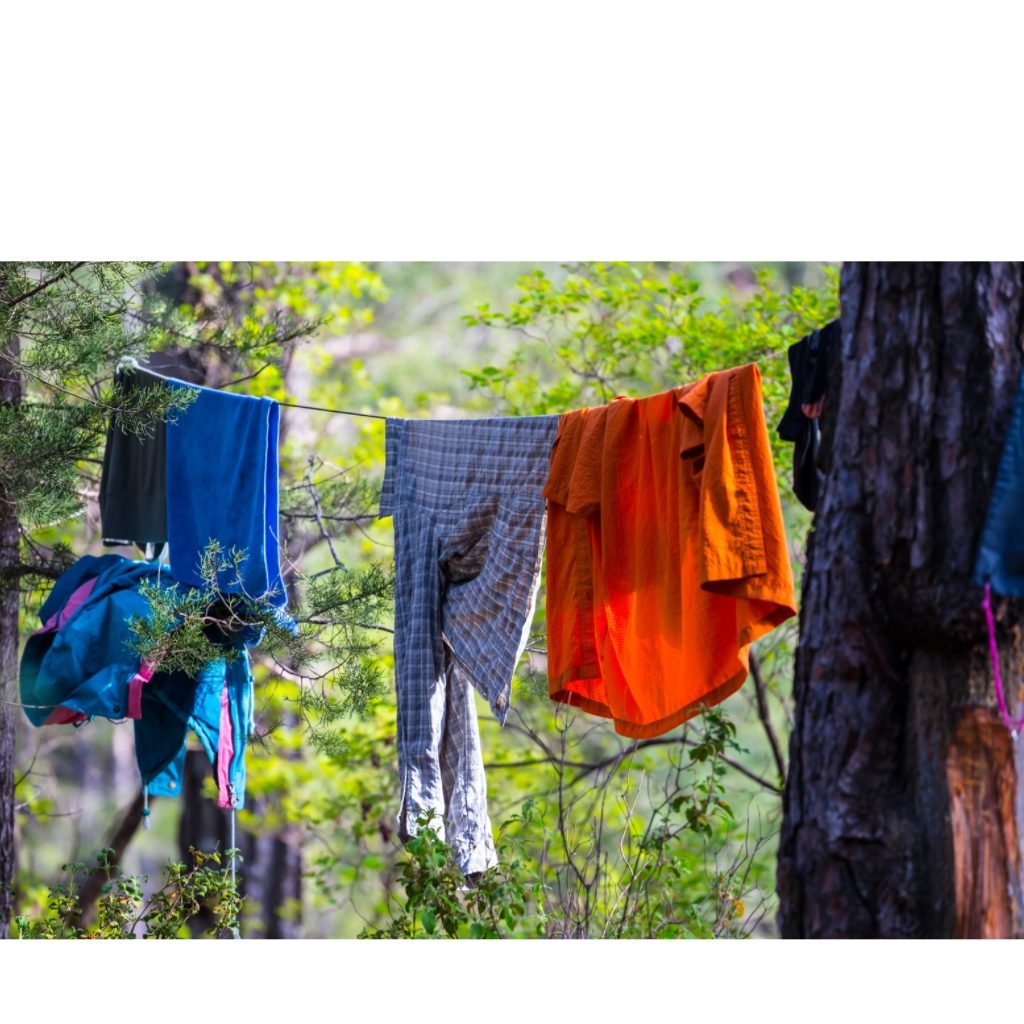
While the exact pieces of clothing you’ll need vary depending on your region, the basic philosophy stays the same.
Firstly, any base layer (i.e., the clothing that actually touches your skin) needs to be airy and sweat-wicking. Fabrics like high-tech polyester are your friend here. When it comes to the actual garments, you can choose between shorts, leggings, looser pants, sports bras, tank tops, t-shirts, etc. Just make sure whatever you choose, it’s nice and light, as discussed, and has a good amount of give to it. You don’t your movement to be limited at all.
Secondly, you’ll need an insulating layer in a warm fabric like fleece for if things cool down. In this case, you’ll often be safe with a nice fleece sweater. If you’re hiking in winter, or where it’s quite cold, however, you may want to bring a pair of fleece pants (or long underwear) as well, just to be safe.
Finally, you may be able to skip this step if you live somewhere like San Diego. In many places a waterproof layer is always a good option to bring. Bring a good-quality, lightweight rain jacket for sure. And if possible bring rain pants if you think there might be a true downpour.
Footwear
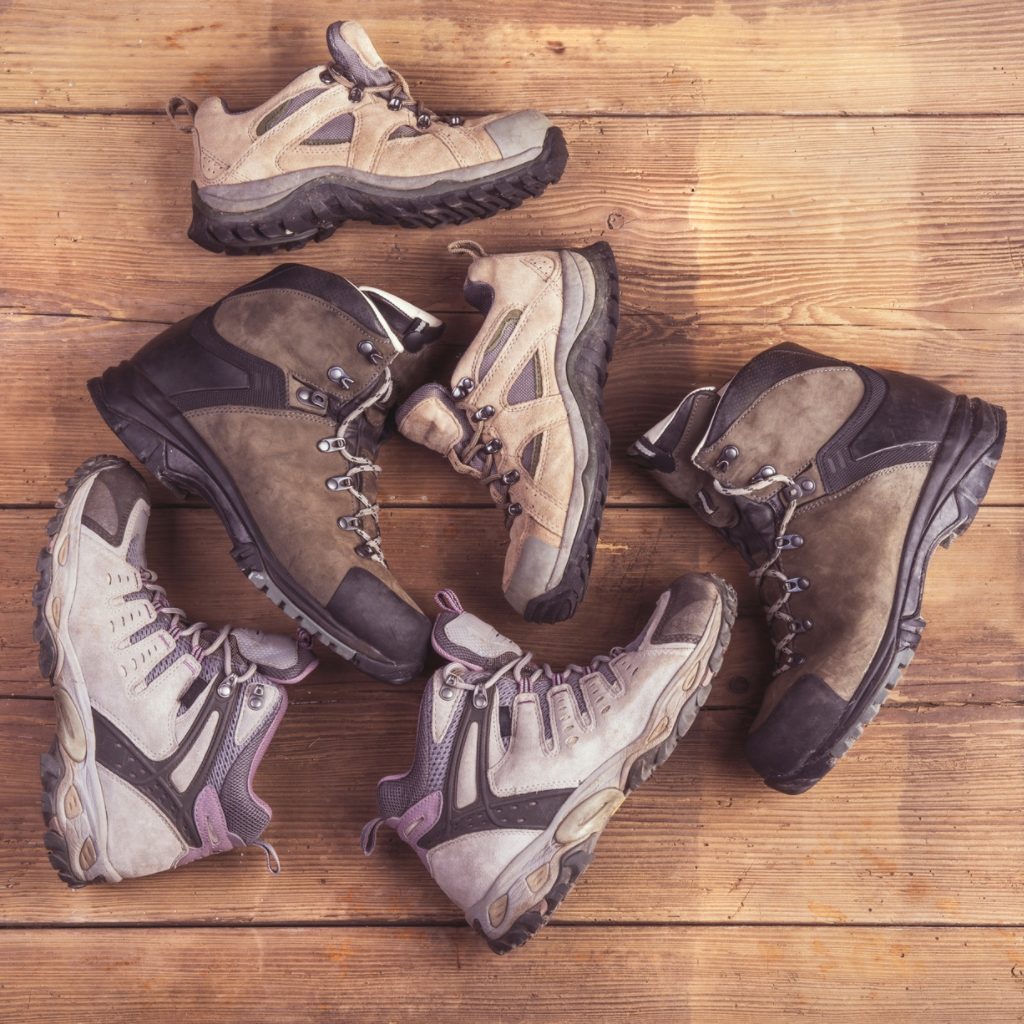
Your footwear while hiking is just as, if not more important that your choice of day pack and clothing. Your feet are going to be working all day long, so you want them to be as secure and comfy as possible. The last thing you need is to get a blister, feel as if your foot is pinched, or dangerously slip around in a shoe that’s too big. Before hiking in your new shoes be sure to give them a good break in period before you head out on your beginner trail.
As mentioned, if your hike doesn’t have any terrain that’s too steep or uneven, you might be able to wear a pair of high-quality running shoes- ideally, ones made for trail running.
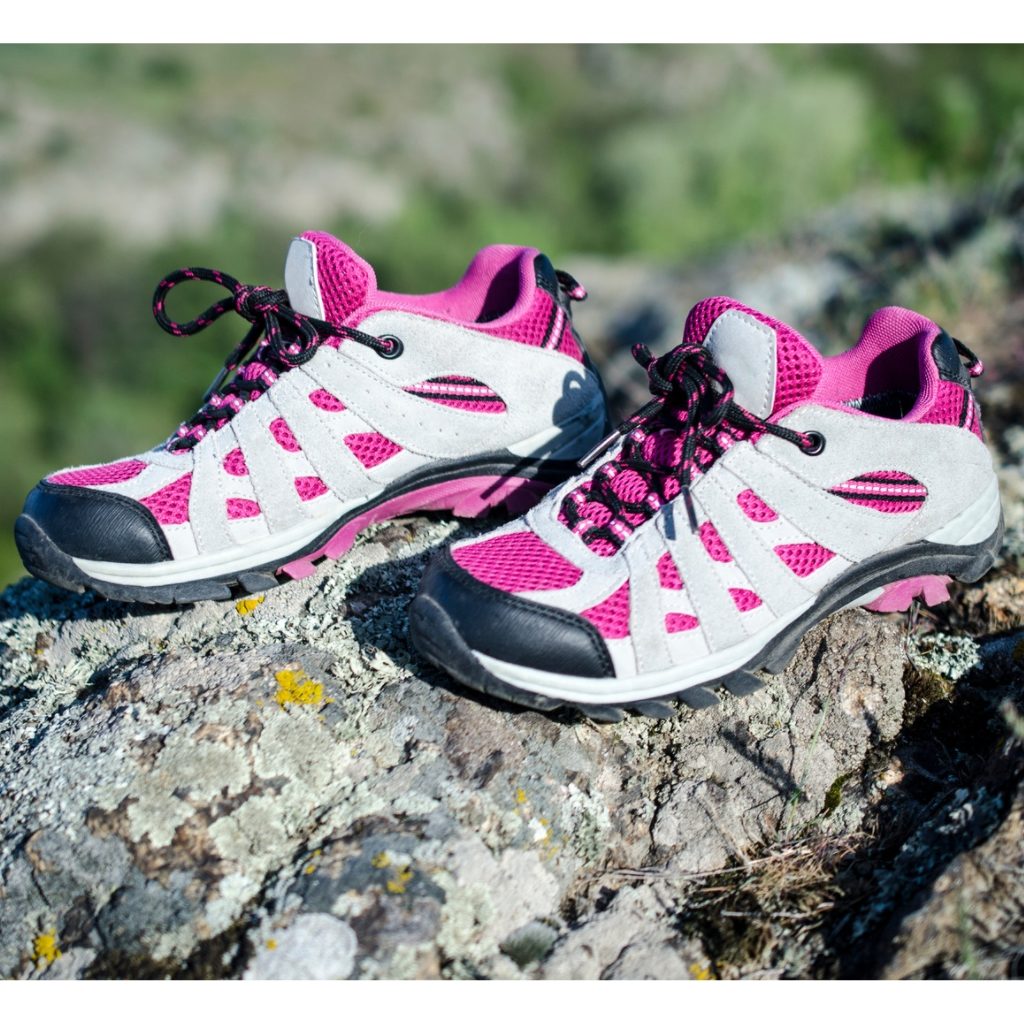
With that said, the safest option by far is simply to invest in a good pair of hiking boots or shoes. Hiking-specific footwear comes in a range of weight and flexibility, depending on the type of hikes you’ll be doing. For a lighter day hike, go with a light hiking shoe or even a mid-weight hiking boot, if you want your boots to remain versatile as you increase your hike difficulty over time.
When you’re ready for hikes that are more difficult and/or have trickier terrain, you can invest in a pair of heavy backpacking boots. These are quite heavy and inflexible. So make sure you really need them, and break them in before you wear them out!
Emergency Kit
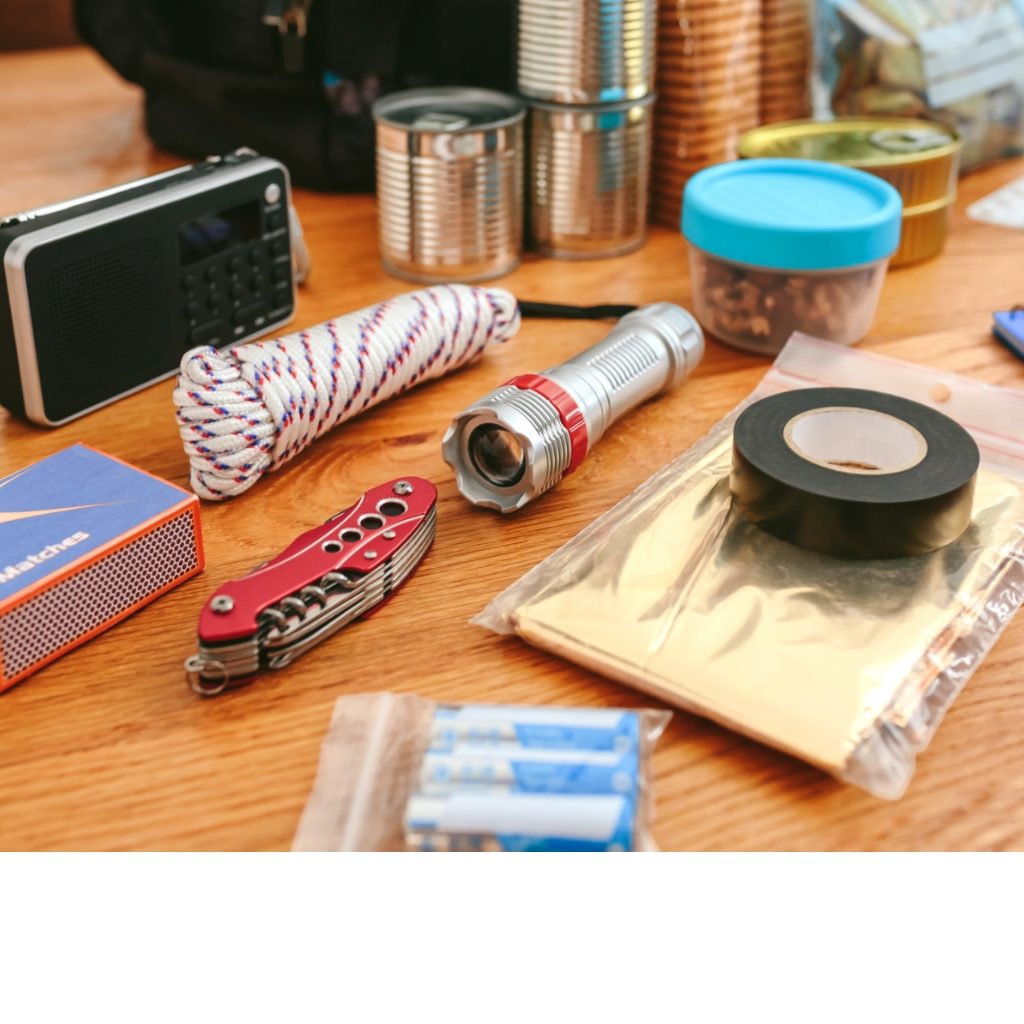
An emergency kit is an absolute must-have, no matter how long you’re hiking for. It is not just a must-have for beginner hikers but also experienced backpackers and long distance hiking. It should contain all the basic first aid items you might need. This includes antiseptic wipes, bandaids (in a variety of sizes), ibuprofen, tweezers, insect sting treatment, water treatment tablets, and more. For a full list of what you should include in a hiking first-aid kit, see here.
There are also a few other items you should bring in your emergency kit beyond just first aid.
Even though you’re technically going hiking in the day, to be safe, add a headlamp and/or flashlight. This is just in case you end up staying out longer than intended. Additionally, throw a survival blanket, a whistle, some bug spray, lip balm, and feminine hygiene products in there for good measure. You want to make sure you are covered no matter what happens out there.
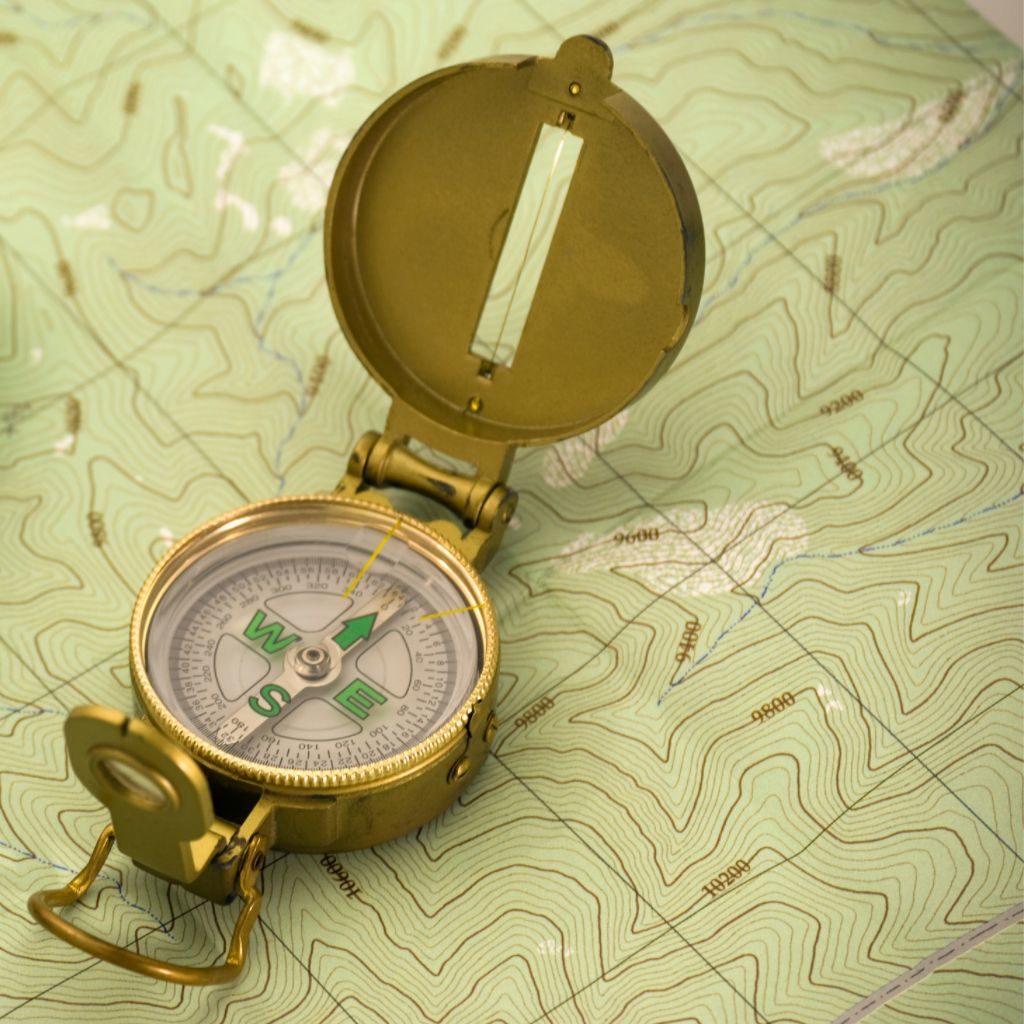
In your emergency kit, sun protection is also a must. Even if you’re hiking in the snow, the rays can still get you and cause a decent amount of harm! Beyond just sunscreen, sunglasses and hats are vital forms of sun protection while on a hike. If not to protect your skin, they’ll help protect your vision, which is something you definitely need while hiking.
Finally, a navigation system such as a compass is a non-negotiable addition to any emergency kit. Even if you studied the trail map beforehand, it is always a good idea to bring handheld navigation, so that you can double-check whether you’re on the right path.
Food and Water
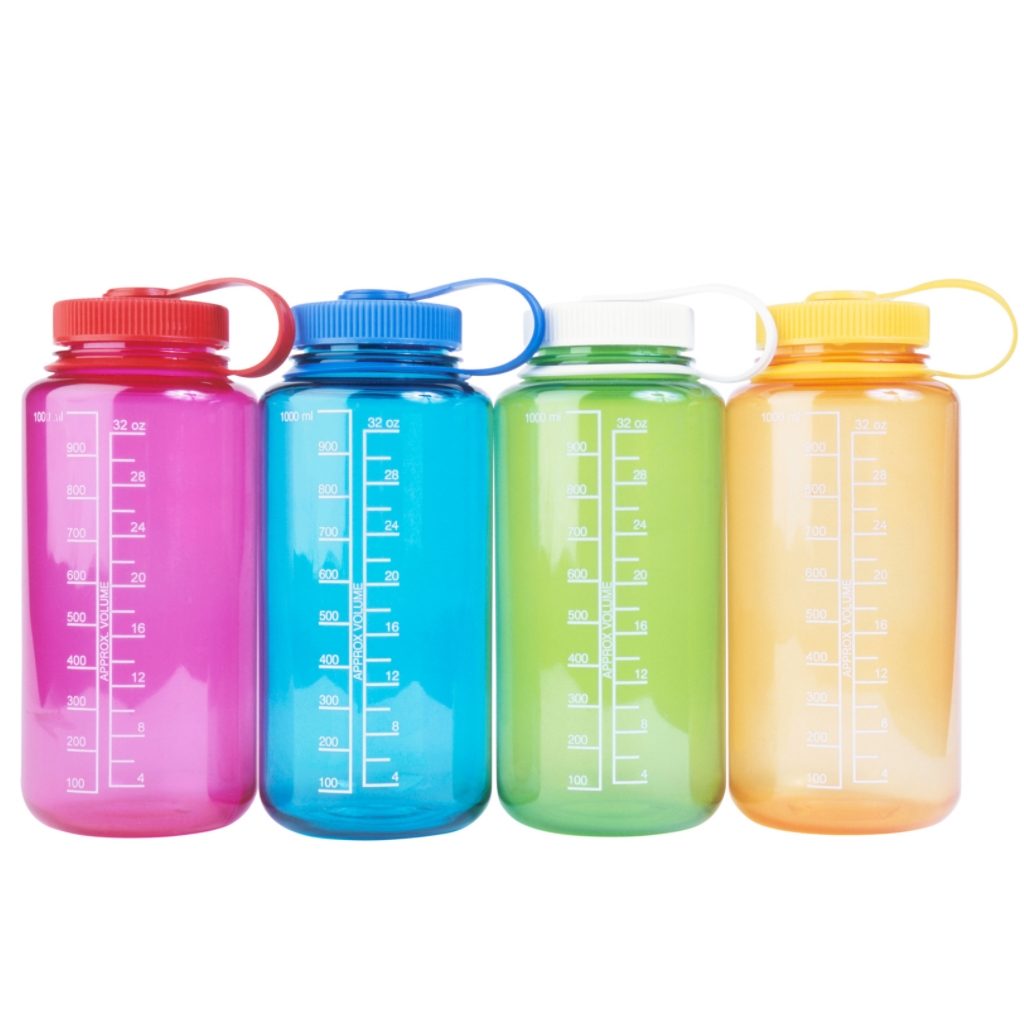
Hiking expends a lot of energy, and it’s crucial that you fuel yourself properly. If you don’t the best case scenario is you feel weak and don’t enjoy your hike as much as you should. The worst case scenario can be downright dangerous- even on a day hike, you need to help your body function at its best, and that includes a good amount of healthy snacks.
When it comes to hiking snacks, its best to choose ones that are calorie-dense and rich in protein and fat. While you do need calories, you don’t want to add too much weight to your bag, or to feel sick from eating a large meal. Hence, the ever-popular trail mix. The combination of nuts, dried fruit, and some chocolate is filling and meets all the markers. It contains lots of protein and fat in the nuts, and a good carbohydrate fix thanks to the sugar in the fruit and chocolate. Other great hiking food options include granola bars and fruit. You can even bring a nice PB&J sandwich to snack on once you reach the top of the trail!

Last but certainly not least, it is an absolute priority that you bring a sufficient amount of water on your hike. Both the hike itself and the snacks you eat along the way will dehydrate you. You will need to be able to rehydrate as needed. Bring twice as much water as you think you’ll need, just in case. To be extra prudent, carry a large water bottle with you. Also, leave an additional bottle of water in your car for when you complete your hike! Especially while you are still a beginner, make it a point to stop every 15 minutes or so while hiking to take a drink. This will help you to get in the habit of stopping to drink water.
Hiking is a wonderful activity, and a literal breath of fresh air. With this gear, you are ready to take on any day trip of your choosing!
Happy hiking!
